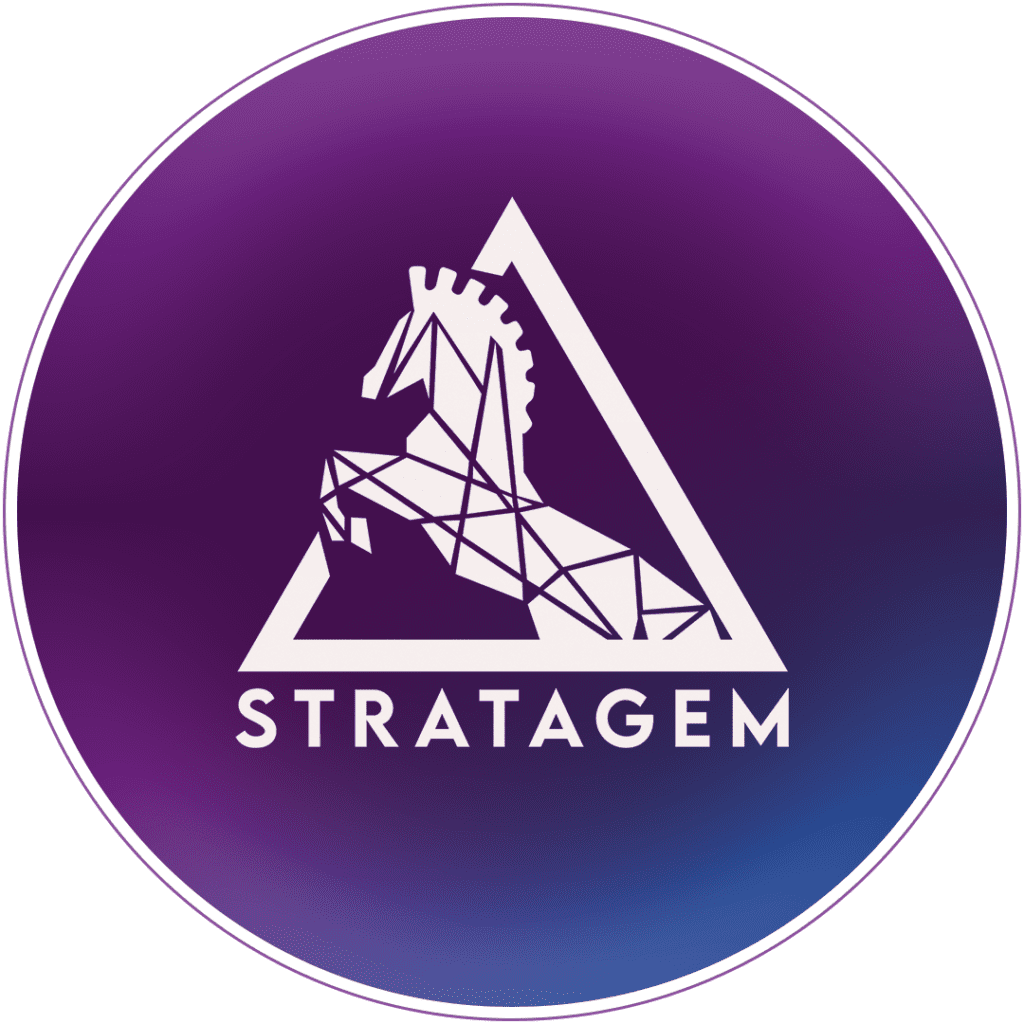These days, social media has made it extremely easy for brands to position themselves in front of the consumer. However, with this increased exposure, advertising on social media has also become heavily concentrated. Consumers are constantly being served ads, making it difficult for brands to stand out. Holograms may be the answer to this issue and will ultimately drive the future of marketing, especially within the out-of-home (OOH) advertising sphere. Stratagem Agency introduces Hologram Marketing as a new tool for businesses to step into the future of marketing and tap into new areas.
What Is Hologram Marketing?
A hologram is a light diffraction that creates a virtual 3D image of an object. Hologram marketing uses these 3D images to create compelling marketing assets. According to Mordor Intelligence, “holographic displays are being used in digital signages, billboards, point-of-sales terminals, kiosks, places, and events”. Holographic images are now used as a new technology in retail marketing events.
Advantages of Using Holograms in Marketing
As mentioned, holograms are an extremely beneficial type of marketing that brands should consider for several reasons.
1 – The “Surprise Factor”
First, holograms have a unique “surprise factor.” Today, most consumers don’t interact with holograms often like they do with traditional OOH advertising and social media marketing. As social media is becoming even more overconcentrated with advertisements, and consumers are being bombarded with ads daily, brands are having a difficult time holding consumers’ attention. Hologram marketing breaks through the noise. Holograms are something new and unique that is intriguing potential customers. If you saw a holographic ad on the street today, you’d probably stop, take a picture, and share it with your friends. However, you wouldn’t do the same with every billboard or social media advertisement that you see. Marketers are always looking for ways to catch the attention of potential customers and differentiate themselves from the crowd. Hologram marketing is the answer and will become essential in the future of marketing.
In early March 2020, PUMA implemented a bold hologram OOH ad campaign. The brand created a 360-degree display of its newest sneakers on the roofs of parked cars in front of various popular Chicago landmarks. The campaign took place during the 2020 NBA All-Star Weekend in Chicago. PUMA wanted to reach their fans uniquely and did just that by using hologram technology to create mesmerizing advertisements. PUMA’s OOH ads are just one example of how brands are beginning to expand into hologram marketing. Holograms present immense opportunities for brands because they are dynamic, detail-oriented, and innovative.
2 – Experiential
In addition to the “surprise factor,” holograms are a form of experiential marketing. The majority of consumers wouldn’t walk past a holographic ad without noticing it. They’d fully stop studying it longer or at least do a double take. Furthermore, it serves as entertainment for the viewer. It’s not just a simple billboard or social media ad. Hologram ads allow the user to experience its 3D nature and observe its dynamic appearance.
In October 2018, WWF ran a campaign to raise awareness about animal trafficking. The company had a hologram elephant roaming around the streets of London to bring light to the issue and encourage people to sign a petition to end illegal wildlife trafficking. The life-sized hologram elephant was meant to catch peoples’ attention and tackle the out-of-sight, out-of-mind attitude that many individuals tend to have in response to these types of issues. The campaign was a huge success, and this is just one example of how hologram marketing interacts with consumers to create a memorable experience.
3 – Memorable
Holograms in marketing and holograms, in general, are particularly memorable due to their realistic qualities. The “surprise factor” and experiential capabilities of holograms create a memorable experience for the viewer. Consumers do not merely look at a hologram ad and then forget about it. It makes an impression on them. Similar to the “surprise factor,” being memorable motivates viewers to share their experience of seeing the hologram ad with their friends and followers on social media. For example, when the WWF ran its hologram elephant campaign, many took to Twitter to post about the display. Therefore, the memorable quality of holograms presents the benefit of shareability. Whether it’s on social media or in a direct message, holograms have the potential to stick in the mind of consumers and compel them to share them with others.
4 – Personalization
Finally, holograms can create a personalized environment for the consumer. In October 2019, Walmart partnered with HYPERVSN to create a 3D catalog. These catalogs would allow users to scroll through with a single swipe, having the products appear in front of them in 3D. Walmart tested out the device in their outlet locations in Mexico City. They have also done several other installations with HYPERVSN like a holographic display at the Grace Hopper Celebration in 2019 and a Halloween pumpkin installation in their seasonal section. Walmart is just one example of how holograms can be used to boost personalization, specifically for the in-store experience.
5 – The Future
We have only seen the beginning of holograms in marketing. As more brands recognize the benefits of incorporating holograms in their marketing campaigns, we are bound to see more and more holographic displays. Specifically, the holographic display market is expected to grow by 27.3% from 2020-2025 and see high growth rates in North America and Asia (Mordor Intelligence, 2019). This presents immense opportunities for marketers to tap into these regions and establish a competitive advantage.
Aside from the expected growth, there is also a trend toward using holograms in proximity marketing, to better connect to consumers in a more personalized and tailored approach (Mordor Intelligence, 2019). This pairing would allow markets to serve compelling and memorable ads to specific consumers. Imagine you are walking around downtown Toronto on a hot summer day and a holographic ad for a Ben & Jerry’s nearby appears on the top of a taxi or a digital billboard. The power of suggestion in 3-D.
In the future, companies may have the opportunity to purchase holographic ad space in specific geographic areas. Combing holograms with proximity marketing creates an extremely unique experience for consumers. It’s both eye-catching and relevant.
Lastly, new research is now discussing a new form of a hologram that users will be able to touch and hear. This opens up the potential for new and engaging advertising shortly.
Why choose Holographic Marketing with Stratagem?
- An Experienced Team:
Stratagem Agency is among the most extensive holographic technology advertising agencies in the Middle East, providing the most complete selection of 3D Holographic Projectors or 3D Holograms.
- Cost Effective:
Based on your needs, we could directly relate to the cost of purchasing a hologram as well as the hologram video. Rental options are also available, depending on what you require.
- Multi-Usages:
3D Holographic Displays are used for various purposes, including exhibitions, shows, and marketing campaigns to promote a new product, and then display it in venues, hotels, or on stands throughout a store.
Overall, holograms produce many opportunities for marketers. In a world where ad space is becoming more and more crowded and ubiquitous online, and OOH ads aren’t effectively grabbing consumers’ attention, incorporating holograms is the inevitable future.
Contact us via our website www.stratagemagency.com to get started on a new marketing journey.





